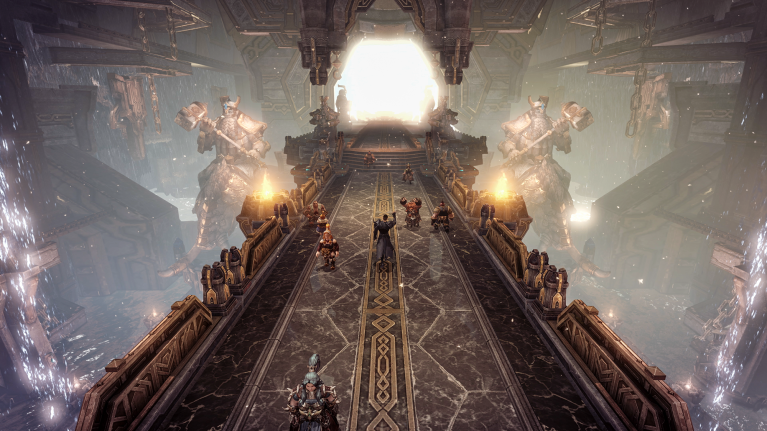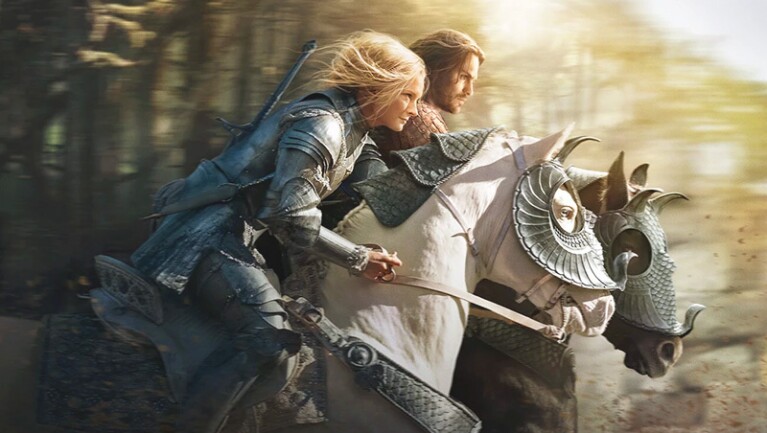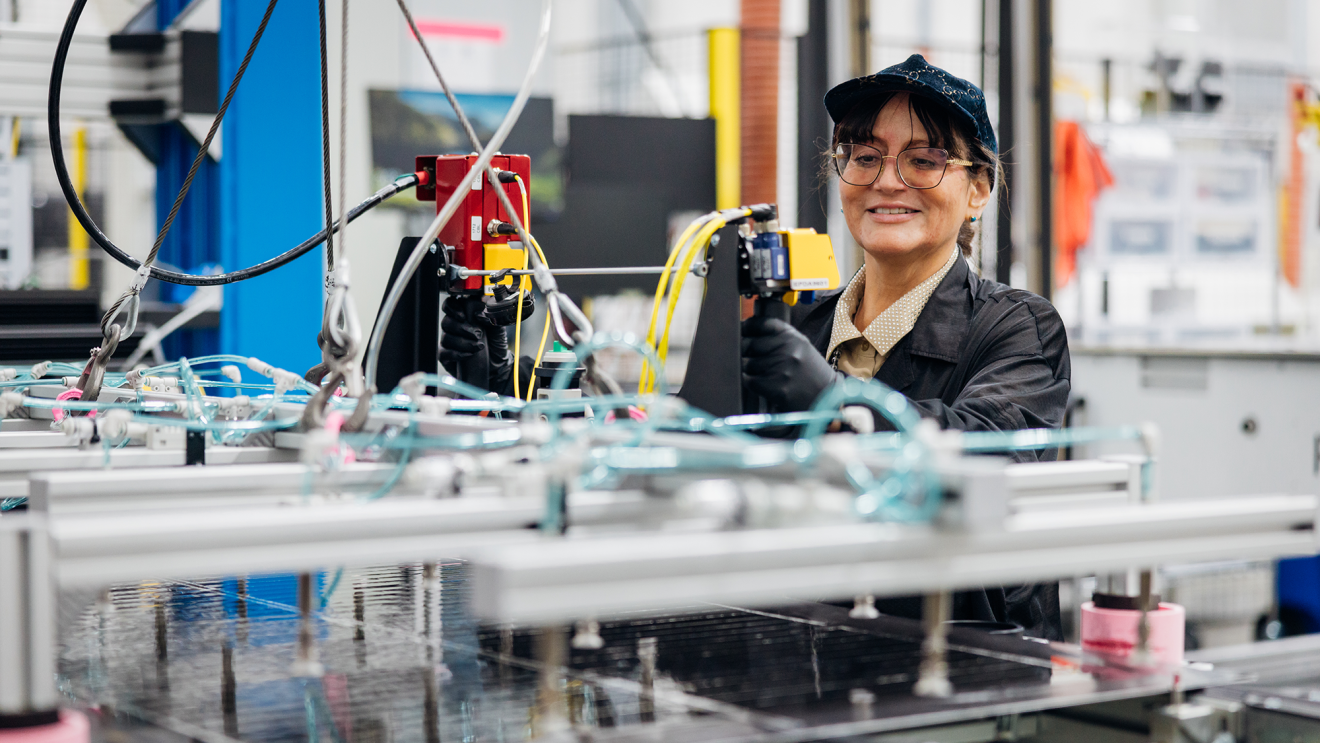Everything you need to know about Prime Video
Prime Video offers a massive library of movies, series, and sports.
- Audible is the world’s largest producer and provider of original spoken-word entertainment and audiobooks, enriching the lives of our millions of listeners every day. With our customer-centric approach to technological innovation and superior programming, Audible has reinvented a media category, and is the driving force behind today’s audio entertainment revolution.
- Amazon Games creates bold new experiences that foster community in and around our games. In addition to developing original IPs, including New World: Aeternum, Amazon Games publishes best-in-class games in close collaboration with developers, leading with Lost Ark from Smilegate RPG, THRONE AND LIBERTY from NCSOFT, and King of Meat from Glowmade.
- Prime Gaming brings the extraordinary joy of games to Prime members with a rotating, monthly selection of free games, a free monthly Twitch channel subscription wherever Twitch is available, and more.
- Amazon MGM Studios brings bold and innovative series and films to life. Original series all premiere exclusively on Amazon Prime Video, which is available in over 200 countries and territories. Recent hit Amazon Original series include Fallout, The Lord of the Rings: The Rings of Power, and The Boys. In film, Amazon MGM Studios produces and acquires original movies for theatrical release and exclusively for Amazon Prime Video.
- MGM+ is an ad-free linear and streaming service offering a broad lineup of exclusive, acclaimed original series and docuseries, current movies, and classic film franchises available in the U.S., on-demand, online, and across devices. MGM+ is a destination for premium content, with original series from hit horror FROM to Emmy-winning Godfather of Harlem and western Billy the Kid. Internationally, the streaming service is available in 31 countries across Europe, Latin America, Asia-Pacific, and Canada.
- Amazon Music is an immersive audio entertainment service that connects fans, artists, and creators through music, podcasts, and culture. Amazon Music brings fans closer to what they love, with curated and personalized playlists, artist livestreams, and artist merch. Prime members get access to over 100 million songs in shuffle mode, All-Access playlists, plus the largest catalog of top ad-free podcasts, included with their membership. Customers can upgrade to Amazon Music Unlimited for full, on-demand access to 100 million songs in HD, a growing catalog of Ultra HD and Spatial audio, and the world’s largest selection of audiobooks from Audible. Anyone can listen to Amazon Music by downloading the free Amazon Music app, or wherever they listen to music including Alexa-enabled devices.
- Prime Video is a first-stop entertainment destination offering customers a vast collection of premium programming in one app available across thousands of devices. Prime members can customize their viewing experience and find their favorite movies, series, documentaries, and live sports—including Amazon MGM Studios-produced series and movies; licensed fan favorites; and programming from Prime Video add-on subscriptions such as Apple TV+, Max, Paramount+, MGM+, and more. All customers, regardless of whether they have a Prime membership or not, can rent or buy titles via the Prime Video Store, and can enjoy even more content for free with ads.
- Launched in 2011, Twitch is an interactive livestreaming service where thousands of communities come together to create and engage with live content every day. Each month more than 105 million global monthly visitors come to Twitch to connect over gaming, Just Chatting (talk), sports, Vtubing, anime, and more. Twitch also hosts TwitchCon and TwitchCon Europe, bringing the Twitch community together in person to celebrate global streamers and the powerful online communities they’ve built through their shared passions.
- Wondery is a podcast studio known for character-driven, binge-worthy stories including Dr. Death, British Scandal, Even the Rich, and Business Wars, and hit partner shows like Morbid, How I Built This, Armchair Expert with Dax Shepard, and New Heights with Jason and Travis Kelce. Over 55 shows from Wondery have hit No. 1 on Apple Podcasts, including Scamfluencers and Stolen Hearts. Many Wondery podcasts have been adapted for scripted television or streaming series, including Dr. Death and Joe vs Carole on Peacock and The Shrink Next Door and WeCrashed on Apple TV+. Wondery has gained critical acclaim and commercial success for its immersive approach to sonic, emotionally driven storytelling. The Wondery app offers a unique, personalized podcast listening experience, including access to its premium ad-free offering Wondery+. With Wondery+, fans experience early access, exclusive episodes, and ad-free listening.
Latest Entertainment news
Check out what films, series, sports, and fresh episodes are premiering this month on the streaming service.
Amazon MGM Studios today announced that Denis Villeneuve will direct the next James Bond film. Additionally, Tanya Lapointe will serve as executive producer. As previously announced, Amy Pascal and David Heyman will serve as producers.
Review the evidence for past trials with Judge Judy Sheindlin in a new Amazon Original series premiering this July.
Find out how to watch Ryan Coogler’s supernatural blockbuster ‘Sinners,’ which is available to buy or rent—or watch with a Max add-on subscription in time for the Fourth of July.





















